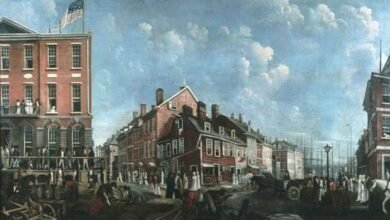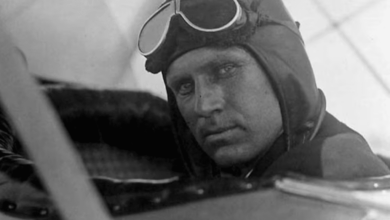Beware the Enemy: World War II Upstate New York Manhunts


 It was July 1942, the seventh month of the United States in World War II (1941–1945). The German military had driven into the Caucasus region of southeastern Europe. New York residents were shocked, too, by news that fascists from a German U-boat had landed several weeks earlier in eastern Long Island but the Nazi agents were captured.
It was July 1942, the seventh month of the United States in World War II (1941–1945). The German military had driven into the Caucasus region of southeastern Europe. New York residents were shocked, too, by news that fascists from a German U-boat had landed several weeks earlier in eastern Long Island but the Nazi agents were captured.
Then the media reported that on July 16, six parachutists had been spotted in the skies near Hyde Park, NY, home of President Franklin D. Roosevelt. The government worried that enemy spies or assassins might be near Roosevelt’s Hudson Valley residence.
The FBI, police, and U.S. Army searched about 20 to 30 square miles of land, but found no clandestine plot against the chief executive. The superintendent of the former John Jacob Astor III’s estate, located 11 miles north of Hyde Park, made the initial sighting.
To compound fears, a report from two days earlier, July 14, gave details about an unidentified solo parachutist seen near Athol, a hamlet in the Adirondack town of Thurman, NY, about eight miles northwest of Lake George Village.
State Police from South Glens Falls and Warren County Sheriff personnel responded. The Army ordered a major and several soldiers Thurman. Local aircraft, FBI agents, Forest Rangers, and civilian volunteers were also mobilized, but no saboteur was found.
The Athol and Hyde Park mystery parachute announcements triggered about 20 false alarms around the Northeast. Army intelligence criticized a jittery public for “gossip, rumor and exaggeration.”

 Two men were arrested in Thurman. Both resided in Long Island near where the FBI had recently captured German spies dropped ashore by a submarine. The two men were camping in the Adirondacks and had several weapons with 600 rounds of ammunition. Both suspects carried hunting licenses and were not deemed to be enemy commandos.
Two men were arrested in Thurman. Both resided in Long Island near where the FBI had recently captured German spies dropped ashore by a submarine. The two men were camping in the Adirondacks and had several weapons with 600 rounds of ammunition. Both suspects carried hunting licenses and were not deemed to be enemy commandos.
A California man was also arrested near Troy on suspicion of being one of the parachutists but was soon freed. He had hitchhiked from Rhinebeck to Troy where the west coast resident was apprehended.
In mid-October 1942, three months after the perplexing parachute reports, an editorial in the Washington County Post in Cambridge offered a possible scenario.
The editorialist did not believe the parachutists were foreign adversaries. Rather, he said the likely candidates came from nature. Most of the sightings were near waterways — the Hudson River, Lake George, Lake Champlain, and a reservoir south of Albany.
The reporter suggested the enigmatic parachutes were none other than seagulls or other wildfowl. Birds often form thick flocks that could “resemble one large mass” that might incorrectly be interpreted as a parachute floating downward from the clouds.
Nonetheless, for several days in 1942, there were unprecedented ground and aerial searches by law enforcement and military agencies seeking a phantom Axis spy believed hidden in the forests of the Adirondacks.
A version of this article first appeared on the Lake George Mirror, America’s oldest resort paper, covering Lake George and its surrounding environs. You can subscribe to the Mirror HERE.
Illustrations, from above: Detail from a World War II Civil Air Patrol recruiting poster (National Archives); and a 1941 World War II poster from Britain aimed to help British nationals identify possible enemy combatants (National Archives).
Source link




